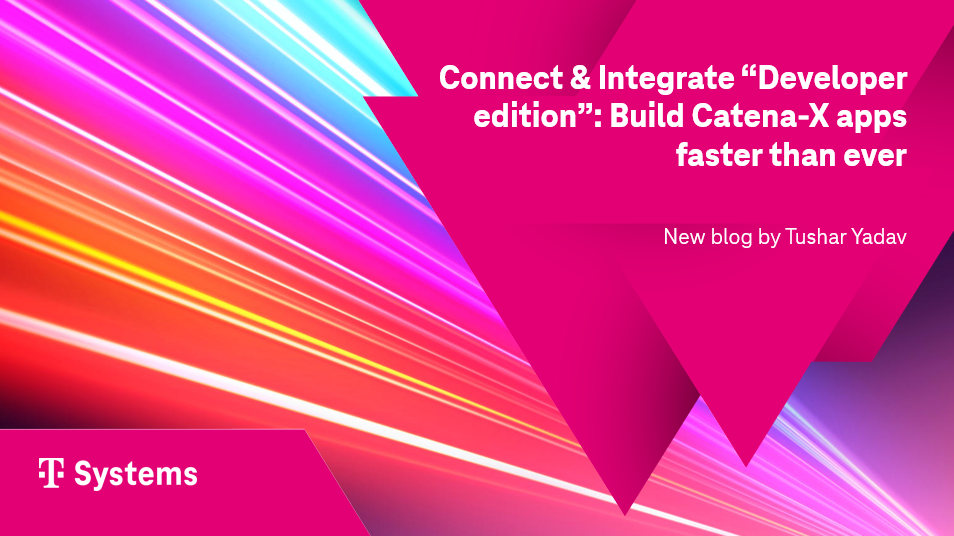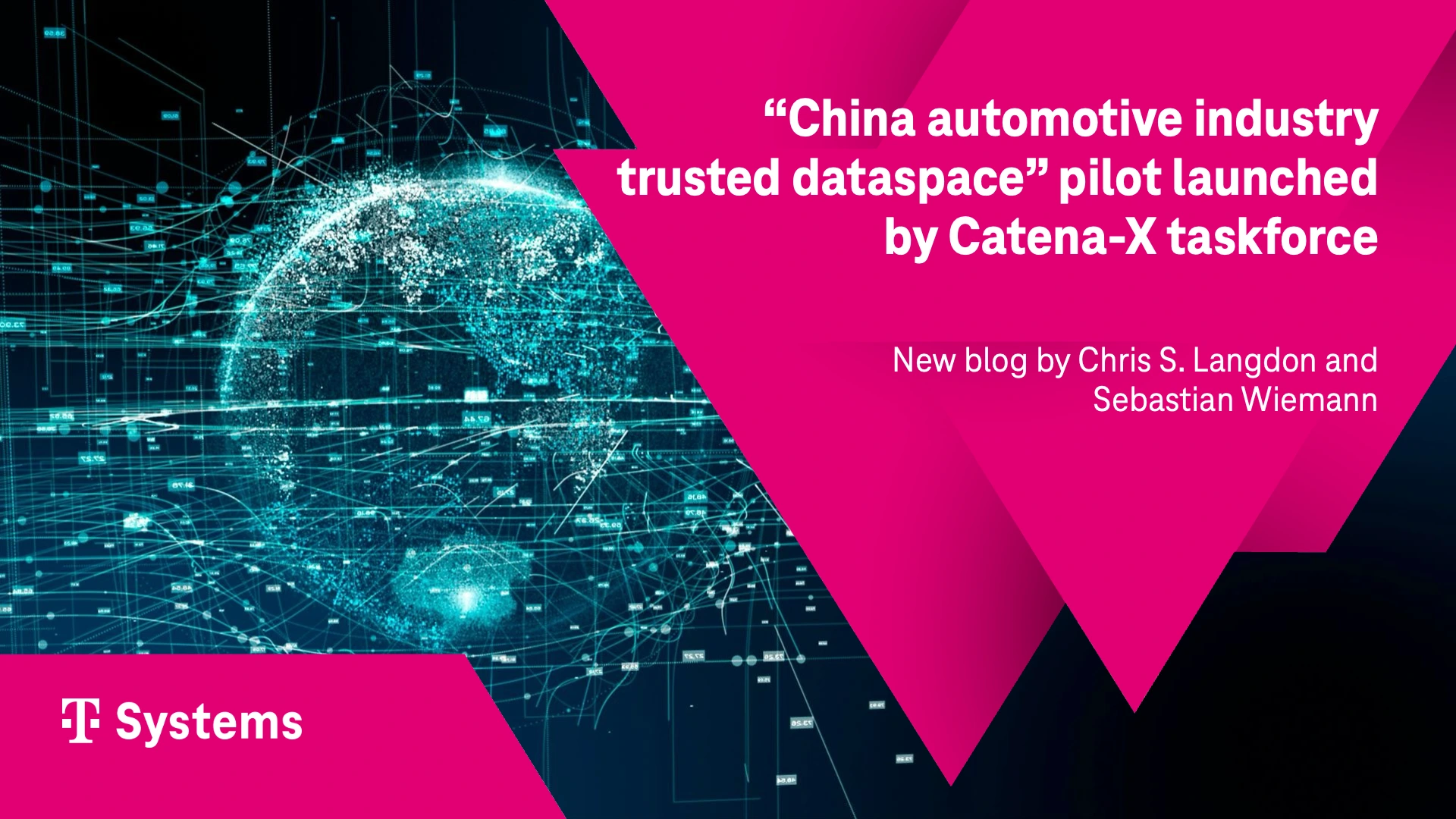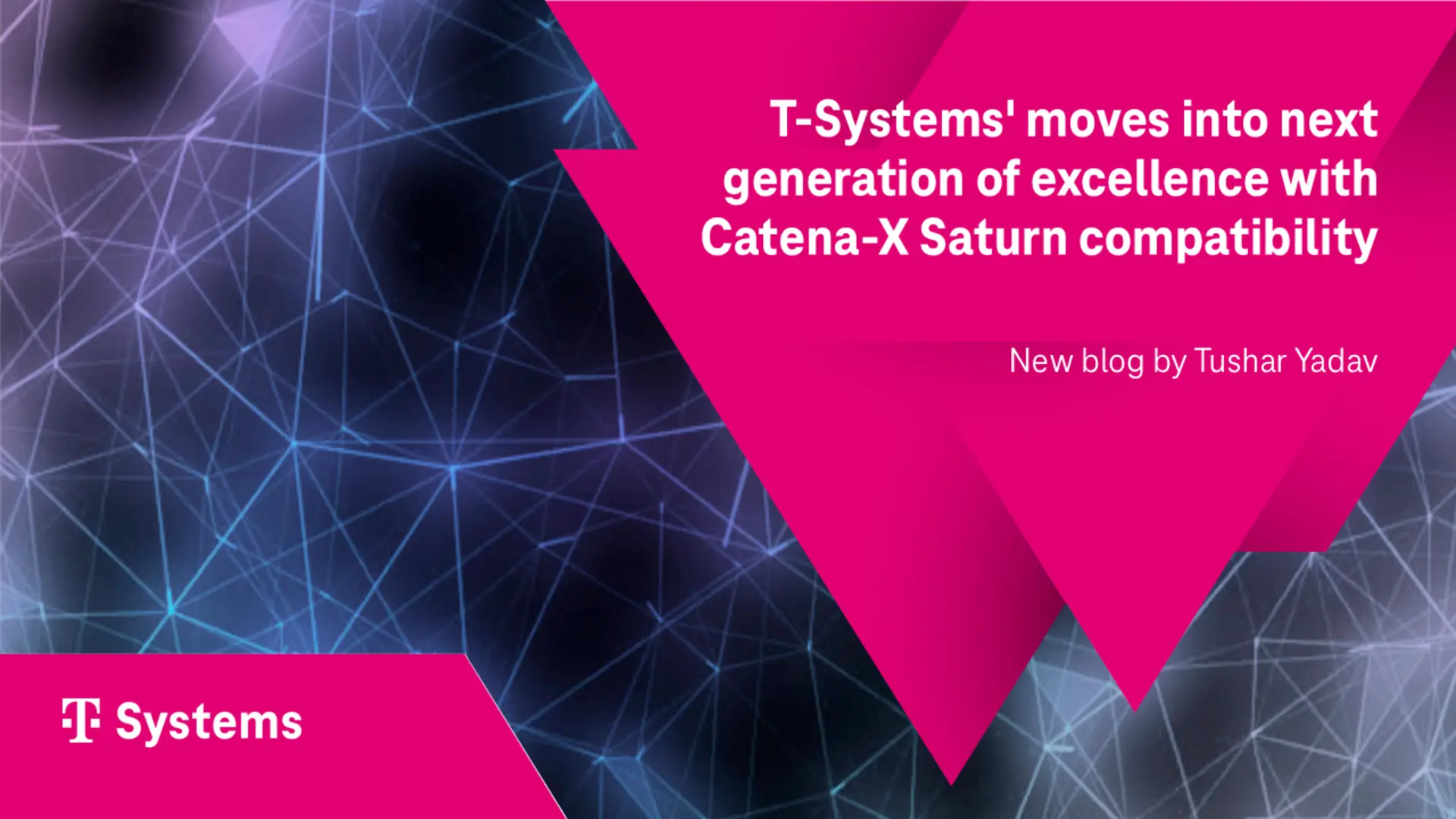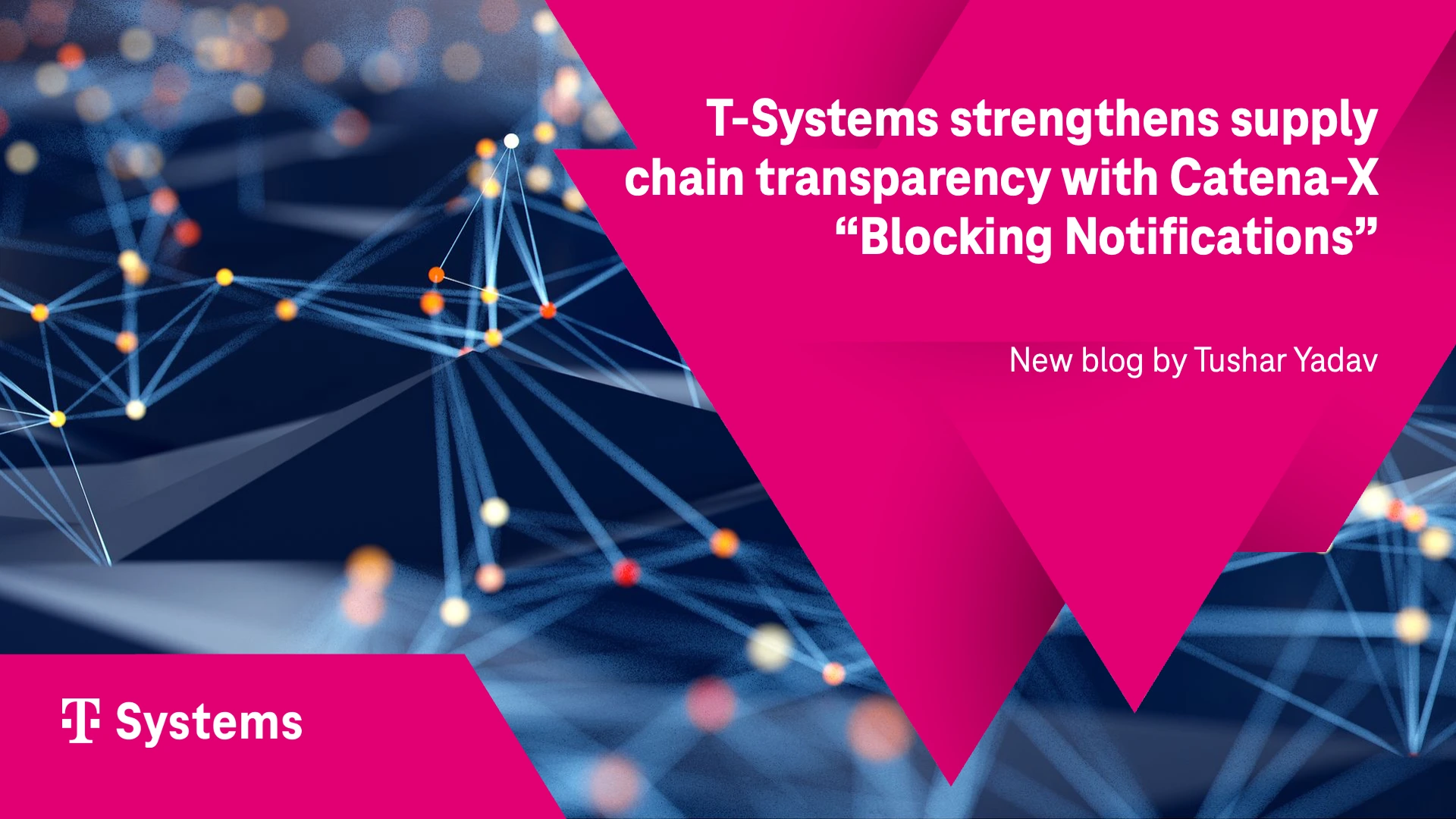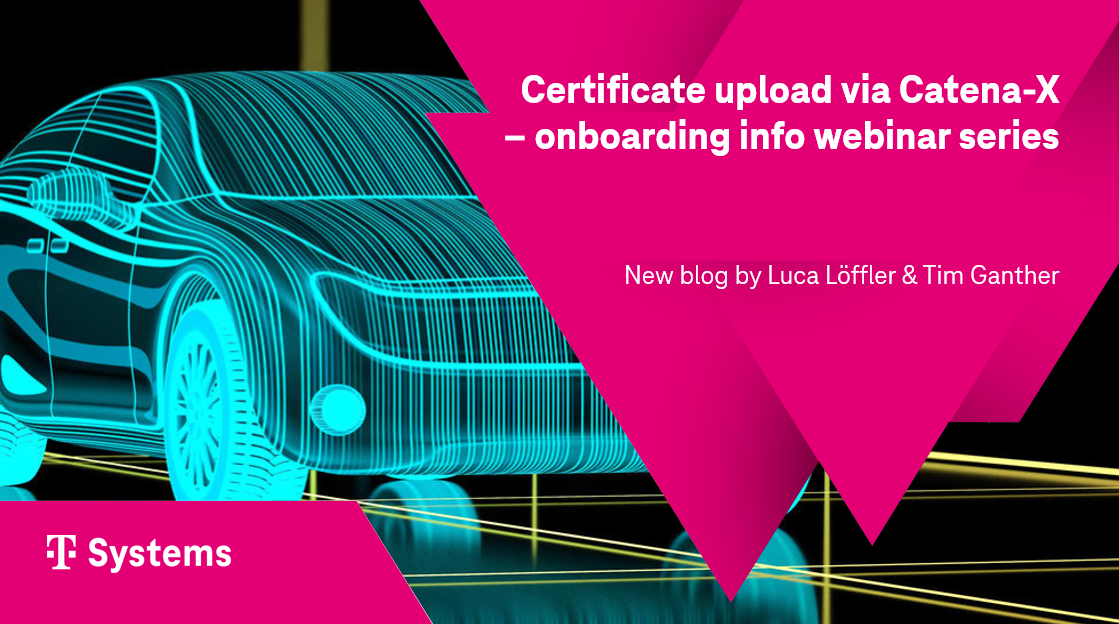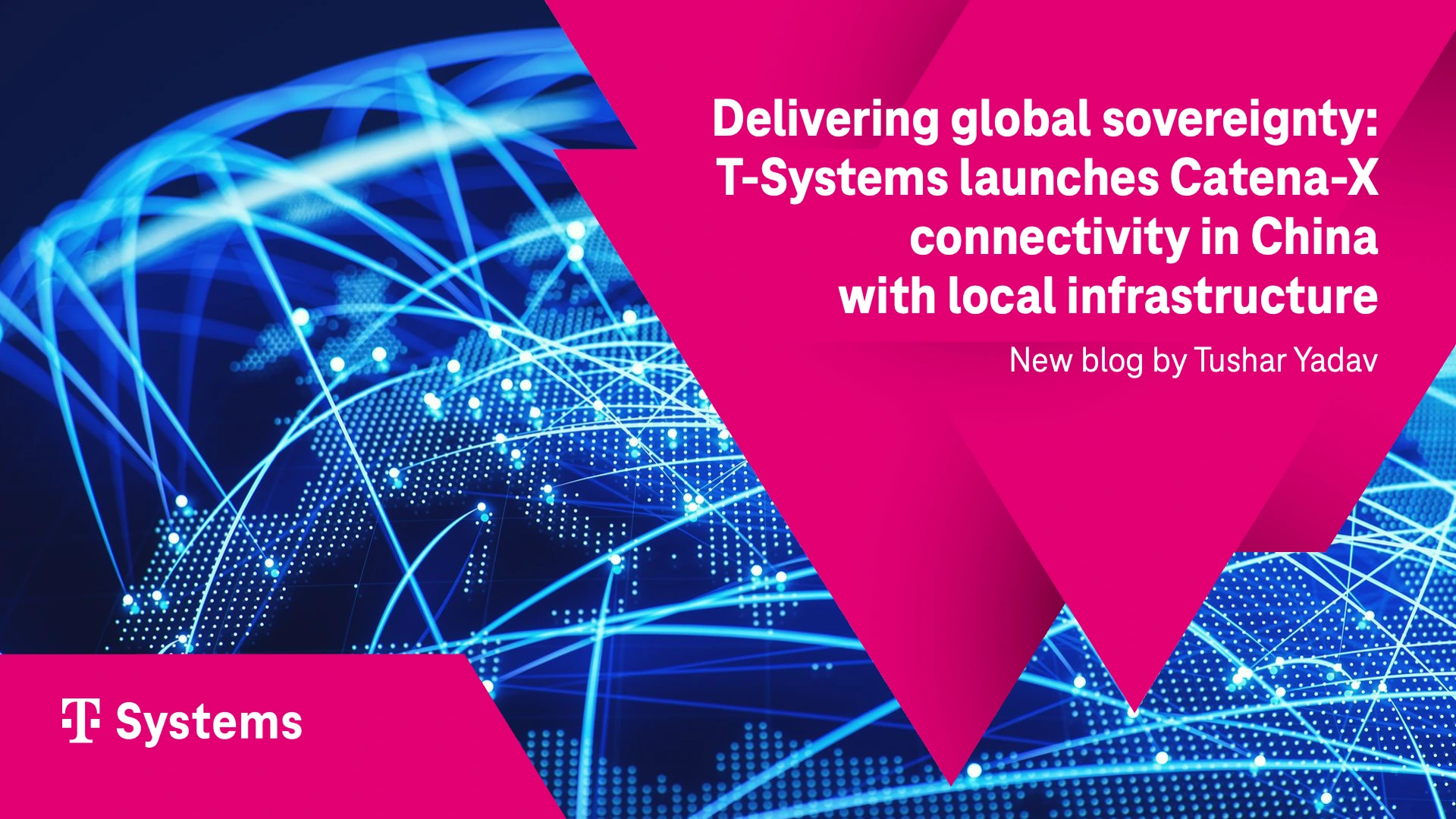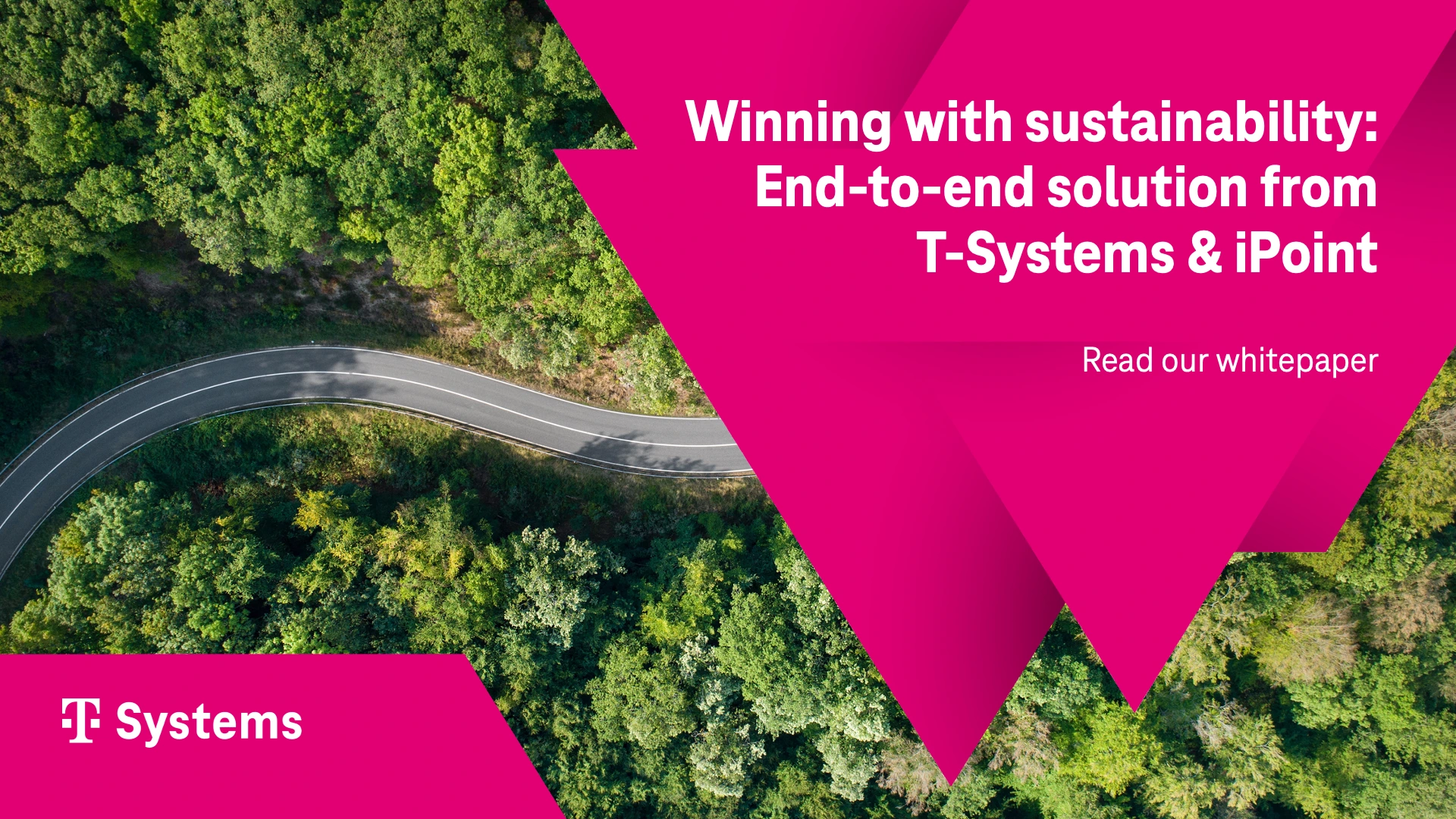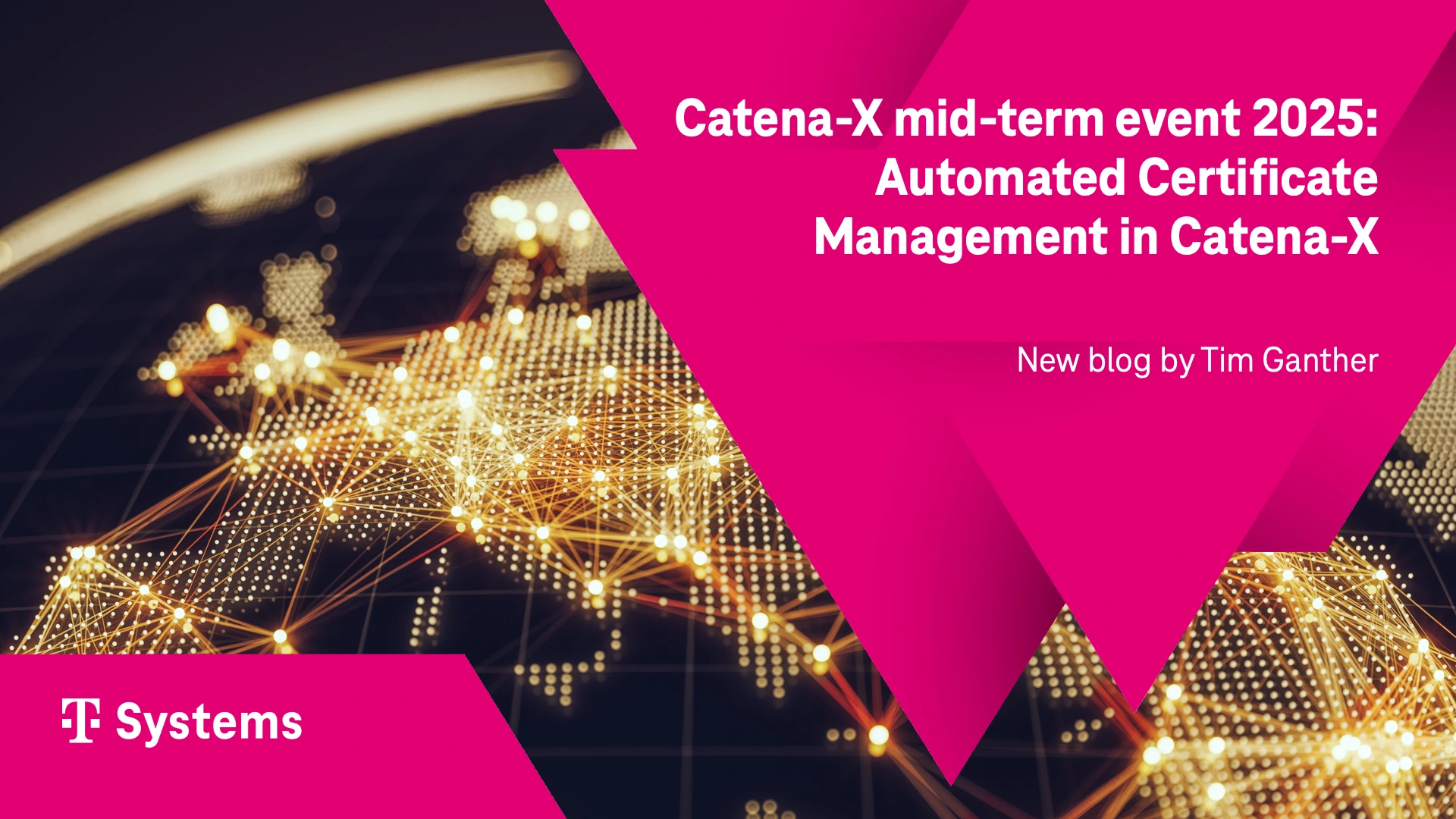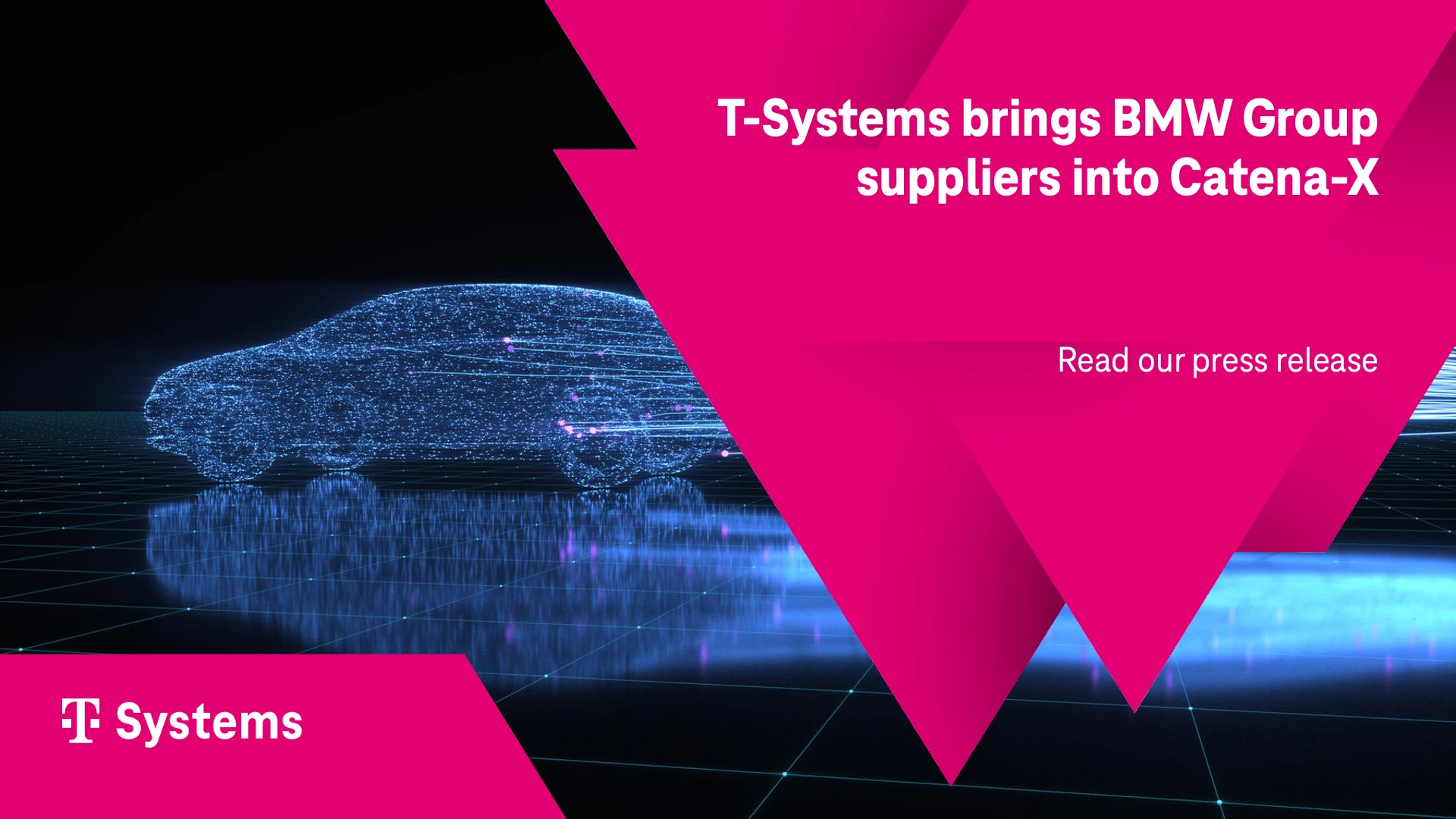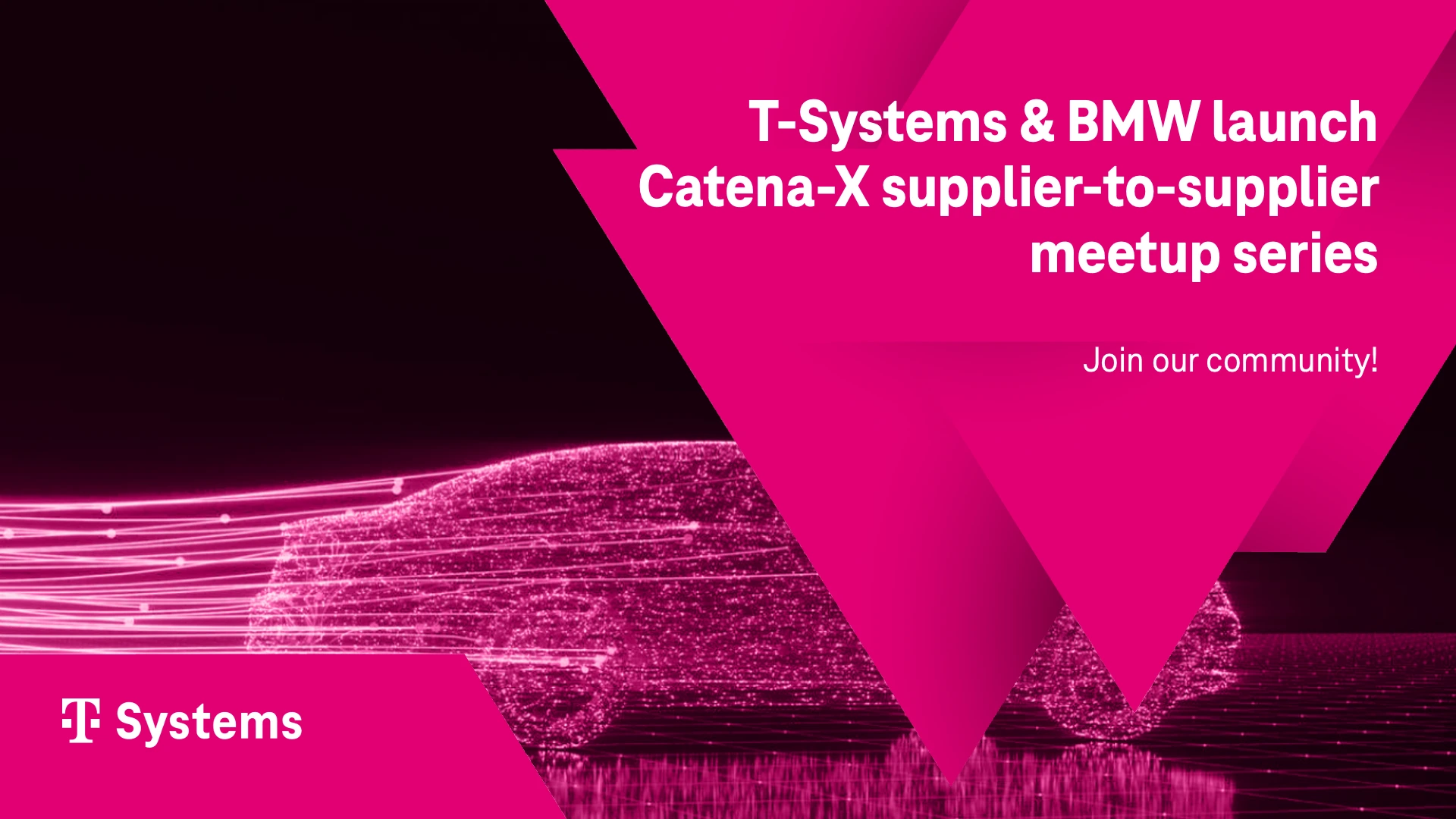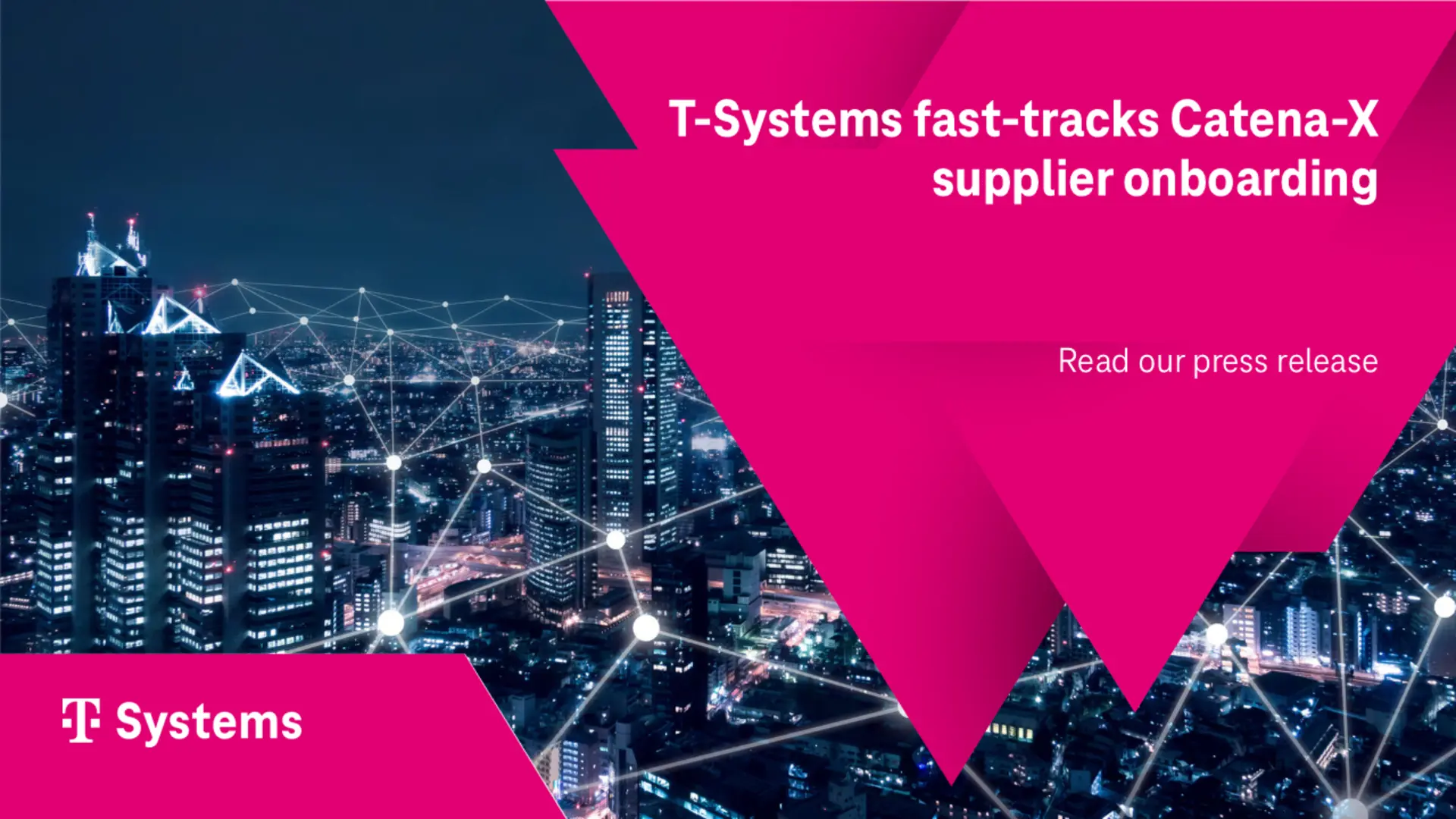Automotive is evolving and merging into a larger mobility sector
The 2023 edition of the “Internationale Automobil Ausstellung” or International Motor Show, known as IAA Mobility, made its return to Munich, marking the event's second presence in the city. This iteration of IAA underscored a significant shift from conventional automotive paradigms to a comprehensive array of mobility solutions. This multi-polar perspective evolved as a theme throught the event:
- A contrast between traditional automotive offerings, particularly electric vehicles, and alternative transportation options like micro-mobility and autonomous shuttle services, akin to a concept observed at Los Angeles Autoshow (see LA, link).
- Delineation between indoor exhibits housed within the "Messehallen," for trade professionals with C-level attendees (see Figure 1, top row), and free-to-access outdoor venues accessible to the general public in downtown Munich.
- A glimpse into the future, featuring established players like BMW showcasing their "Neue Klasse" (Figure 1, lower left) and Mercedes-Benz their Concept CLA, and emerging electric vehicle competitors from China, including BYD and Geely.
- The presence of esteemed automotive suppliers such as Continental, juxtaposed with the entrance of new technology partners exemplified by collaborations with tech titans like Google (Figure 1, lower right).

The software-defind vehicle needs data fuel
One central theme dominating IAA 2023 revolves around the revolutionary concept of the "software-defined vehicle" (SDV), marking a transformative shift where critical functions traditionally reliant on hardware are now primarily governed by software systems. This transformation offers unparalleled levels of flexibility, adaptability, and upgradability in a vehicle's capabilities. Key elements like engine control, entertainment systems, safety features, and driving dynamics can seamlessly undergo updates and enhancements through over-the-air (OTA) software updates, streamlining the integration of new technologies without necessitating physical modifications. The linchpin of SDV's success is data, playing a dual role. Initially, data acts as the essential fuel, a prerequisite for software to function effectively. Concurrently, the continuous collection of data remains vital for continuous improvement. Extracting insights from vehicle usage, performance, and user interactions facilitates iterative enhancements and updates to the software. This cyclical approach ensures that the software remains adaptive and efficient, reinforcing the symbiotic relationship between data and the software-defined vehicle ecosystem. A notable manifestation of this theme is the partnership between Continental and Google, aiming to enhance user experience intuitiveness for drivers through data and artificial intelligence (Fillenberg 2023). Figure 1, lower right, portrays key Google contributors Gerhard Keller and Anant Vikram alongside Chris Schlueter Langdon from Deutsche Telekom’s T-Systems International (TSI), which has its own partnership with Google to offer T-Systems Sovereign Cloud powered by Google Cloud (Leibiger 2021).

Catena-X data ecosystem with first operator Cofinity-X
Right on time to power new auto shifts like the software-defined vehicle (SDV) with essential data, a groundbreaking data ecosystem named Catena-X has emerged, marking the automotive industry's “first collaborative, open data ecosystem […], linking global players into end-to-end value chains - as simply, securely and independently as never before” (Catena-X website, link). Nome est omen, carrying a name that symbolizes its purpose—where "Catena" is rooted in medieval Latin, meaning chain—the unique selling proposition (USP) of Catena-X lies in establishing data chains across organizations and along entire supply chains, from raw material extraction to finalized products, creating innovative data products like digital twins. In turn, these inter-organizational data chains, or digital twins, fuel a spectrum of powerful applications including …
- Product carbon footprint (PCF) tracking.
- Circular economy facilitation.
- Product and battery pass, alongside material traceability vital for next level quality management in purchasing as well as product development.
These applications are imperative for …
- Enhancing customer product experience.
- Promoting environmental sustainability.
- Facilitating compliance with new regulations like the Supply Chain Act and Data Governance Act.
During IAA, Catena-X (C-X) hosted a networking event with …
- Keynotes (see Figure 2, upper left: Oliver Ganser, Head of C-X Association, and Claus Cremers, treasuer C-X Assoc.).
- A case study panel (see Figure 2, upper right, with participants from BMW, ZF, Draexlmaier, and Cofinity-X, the first company operating a Catena-X network).
- A series of lectures, and a venue with booths from first vendors, including T-Systems International (TSI) and Bosch (see Figure 2, lower row: TSI’s Christian Hort and Chris Schlueter Langdon, and Shaan Shanawaz from Flex, together with Oliver Ganser (BMW); Josepha Anna Pfeiffer and Felix Scheuch presenting a digital twin registry offering from Bosch).
Learn more from our pioneering dataspace projects
- What is a dataspace: For a C-level 1-pager, link, and a Top 10 overview, link
- How to get started: From dataspace 101 to data products, link
- First use cases in AutoMobility: “Data Move People”, link
References
Fillenberg, S. 2023. Talking not Typing: Continental and Google Cloud Equip Cars with Generative Artificial Intelligence. Press release, Continental, Hanover (2023-09-04), link
Leibiger, F. 2021. T-Systems and Google Cloud Partner to Deliver Sovereign Cloud for Germany. Press release, Deutsche Telekom (09-08-2023), link





